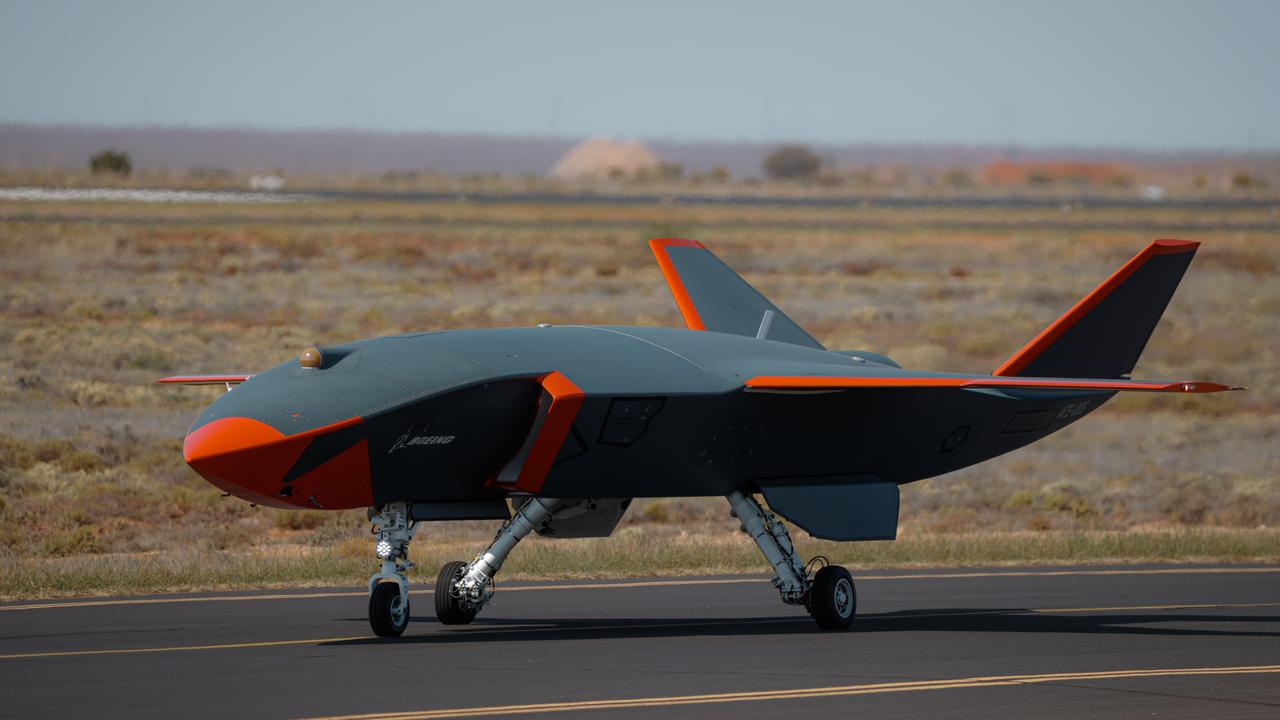Abrams M1A2 tank an essential element in combined arms fight
The first of 75 new Abrams main battle tanks for the army are expected to be delivered before the end of the year.

The first of 75 new Abrams Main Battle Tanks for the army are expected to be delivered before the end of the year.
Known as the M1A2 Abrams SEPv3 (System Enhancement Program), the new tanks are replacing the army’s 59 existing M1A1 tanks and bring additional features such as enhanced armour protection and improved lethality.
While not strictly speaking new – they are rebuilt in the US from older Abrams tanks that have been in storage for perhaps years – the M1A2s will provide the army with a fundamental element of its future combined arms fighting system philosophy.
A combined arms fighting system is one in which all elements – air power, armour, artillery, infantry, electronic warfare and so on – are applied together to provide a capability greater than that of its individual components.
As part of the army’s restructure in the wake of the recent Defence Strategic Review, the new tanks will be based in Townsville with the 3rd (Armoured Combat) Brigade.
Although it would appear that the number of tanks in service will increase from 59 to 75, Chief of Army Lieutenant General Simon Stuart said the logic was to operate a similar number to today, albeit at a lower cost.
“The numbers that we’re replacing the M1A1 with don’t change the numbers in the operational fleet,” Lt Gen Stuart said. “It actually works out that we can maintain our operational fleet at better cost – in fact, a slightly lower cost by having a larger number in the overall fleet.”
Part of these cost of ownership savings will be realised by harvesting common parts from the existing M1A1 tanks wherever possible.
The vulnerability of tanks in modern warfare – particularly in the light of the war in Ukraine – has been the subject of a great deal of debate among defence analysts of late.
For its part, the army has steadfastly defended their role in the combined arms fighting system package.
“As has been borne out in the war in Ukraine, as much as we require improvements to protection, there are two key aspects, and they’re about employment,” Lt Gen Stuart said.
“One is if you employ poor tactics and procedures then you should expect to be killed – and we’ve seen a lot of that.
“The second is that you need to work as part of a system. So, in that joint fight, being able to operate in a multi-domain envelope, bringing the application of our air defence and tactical electronic warfare capabilities together to create windows of opportunity to apply combined arms manoeuvre.”
Lt Gen Stuart said the best method of fighting for terrain against a dug-in and determined enemy available to a land force at present was to apply the full effects of the combined arms fighting system.
“The whole design of the combined arms fighting system is all about offsetting weaknesses with strengths,” he said.
In addition to the 75 M1A2 tanks, the army is acquiring 17 M1074 joint assault bridge vehicles, six more M88A2 Hercules armoured recovery vehicles to take the total in service to 20 units; and 29 M1150 assault breacher vehicles.
The JAB and ABV are based on the Abrams chassis, and the latter will be used to clear a pathway for vehicles and troops through minefields or protect against other explosive devices. Both have not been in the army’s inventory until now.
“For the first time in our history, we will have under armour breach and bridging capabilities for our engineers,” Lt Gen Stuart said.



To join the conversation, please log in. Don't have an account? Register
Join the conversation, you are commenting as Logout